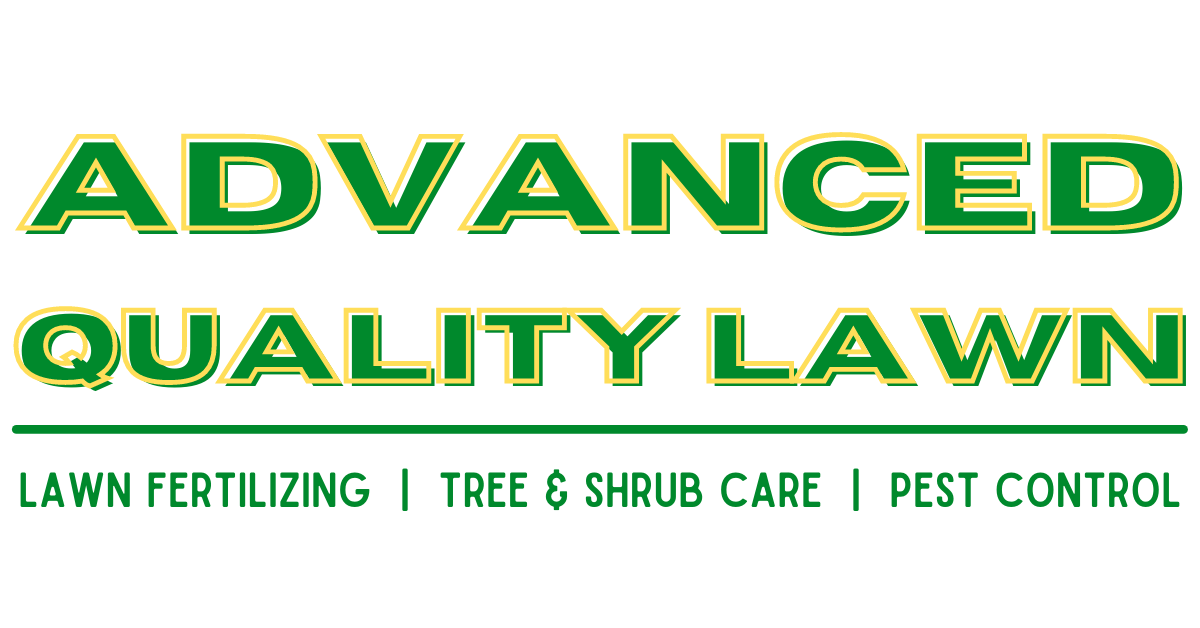Core Aeration & Overseeding
In order to achieve and maintain the beautiful, full lawn you desire, you should consider basic lawn care practices such as properly mowing, fertilizing and watering. It is also important to ensure that nutrients can reach the soil beneath your grass. Aeration can be an extremely vital element to a healthy lawn because it allows air and water to penetrate built-up grass or lawn thatch.
WHAT IS AERATION?
Aeration involves perforating the soil with small holes to allow air, water and nutrients to penetrate the grass roots. This helps the roots grow deeply and produce a stronger, more vigorous lawn.
The main reason for aerating is to alleviate soil compaction. Compacted soils have too many solid particles in a certain volume or space, which prevents proper circulation of air, water and nutrients within the soil. Excess lawn thatch or heavy organic debris buried under the grass surface can also starve the roots from these essential elements.
SHOULD YOU BE AERATING YOUR LAWN?
One of the most common questions from homeowners is how to determine if they should be aerating their lawn. Your lawn is probably a good candidate for aeration if it:
Gets heavy use, such as serving as the neighborhood playground or racetrack. Children and pets running around the yard contribute to soil compaction.
Was established as part of a newly constructed home. Often, the topsoil of newly constructed lawns is stripped or buried, and the grass established on subsoil has been compacted by construction traffic.
Dries out easily and has a spongy feel. This might mean your lawn has an excessive thatch problem. Take a shovel and remove a slice of lawn about four inches deep. If the thatch layer is greater than one-half inch, aeration is recommended.
Was established by sod, and soil layering exists. Soil layering means that soil of finer texture, which comes with imported sod, is layered over the existing coarser soil. This layering disrupts drainage, as water is held in the finer-textured soil. This leads to compacted conditions and poor root development. Aerating breaks up the layering, allowing water to flow through the soil more easily and reach the roots.
When to Aerate Your Lawn
The best time for aeration is during the growing season, when the grass can heal and fill in any open areas after soil plugs are removed. Ideally, aerate the lawn with cool season grass in the early spring or fall and those with warm season grass in the late spring.
Call to Schedule your Aeration Today: (330) 655-1313

